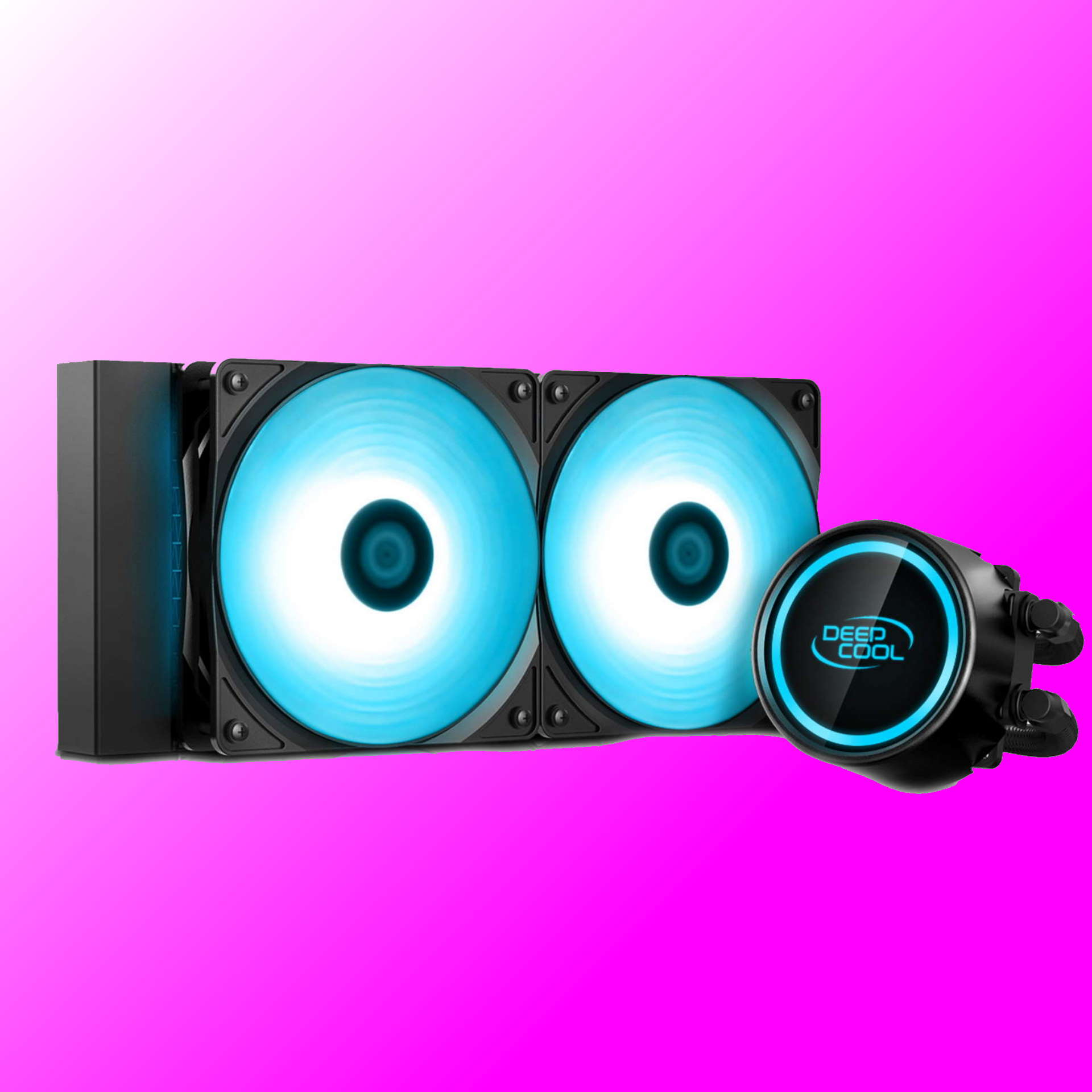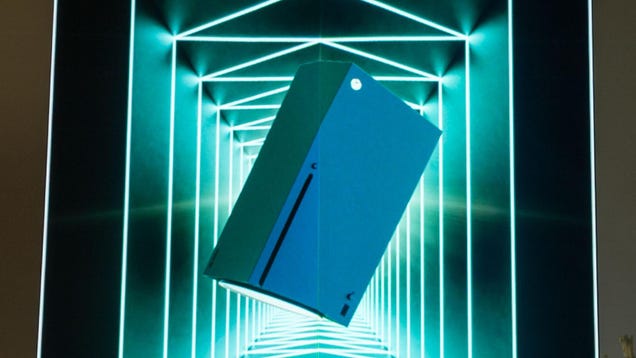
Who knew moving the cache down below could be such a game-changer?
The AMD Ryzen 7 9800X3D is now officially with us. PC Gamer’s hardware command and conquerer Dave’s been testing it for a while and reckons it’s “the new king of gaming CPUs”. That much we expected or at least hoped for given its predecessor, the Ryzen 7 7800X3D, held the crown for the longest time. Now, we’re seeing just how far it can be pushed, and the answer is far indeed.
Asus China’s GM Tony Yu has shown (via Wccftech) the 9800X3D reaching a whopping 6.9 GHz at just over 100 W and achieving—at points—over 1,000 fps in CS2 and Valorant at max settings. That’s 1080p, of course, but these are esports titles and we like our frames more than our pixels for competitive gaming.
The main takeaway isn’t the frame rates achieved, though, nice as they are; the main takeaway is that 6.9 GHz overclock. For reference, the 9800X3D comes with a stock base clock of 4.7 GHz and a boost of 5.2 GHz, so that’s a 1.7 GHz increase over the boost clock.
What’s important about this is that the 9800X3D is the first unlocked 3D V-Cache CPU from AMD. Previous-gen X3D processors had the V-Cache sitting on top of the chips which would prevent adequate heat transfer for cooling when overclocking, so the chip was kept locked. You could overclock them somewhat by messing with PBO, but you couldn’t get much out of them.
With the Ryzen 7 9800X3D, however, the cores sit proudly on top of their V-Cache, leaving the IHS comparatively flush against the silicon underneath. This means better heat transfer for cooling, which has ultimately meant an X3D CPU that’s finally unlocked for overclocking. Plus, clock speeds in general, even without manual overclocks, can now creep higher.
Given we’ve never been able to properly overclock an X3D chip, the Ryzen 7 9800X3D really is the first time we’re seeing what X3D tech is capable of when no holds are barred. It’s obviously worth noting this overclock was hit using liquid nitrogen, though just from our own messing around with the overclocking capabilities of the new Ryzen chip ourselves, we’ve managed to get it almost stable at 5.6 GHz, and rock solid at 5.57 GHz. That’s without getting into the curve optimizer shenanigans, either, though obviously with only 400 MHz on top of the standard 5.2 GHz boost clock you’re not seeing much in the way of frame rate increases and a lot more power being required.
But still, judging by these overclocks, that’s pretty impressive stuff, which is saying something for a chip that, even without any overclocks, already handily bests other non-X3D 9000-series chips and Intel Arrow Lake ones in gaming performance.
Speaking of which, now that we know the Ryzen 7 9800X3D can overclock so well, there really is no reason to opt for Arrow Lake for gaming. Although, I suppose there wouldn’t be a reason to anyway, given the Ryzen 7 9800X3D performs petter, runs cooler, and consumes less power. This latter point is the one thing that Arrow Lake had going for it prior to the Ryzen 7 9800X3D, which has now taken it away. Big oof.
Maybe not so much for Intel, but it’s exciting times for the rest of us. An X3D chip overclocked by 1.7 GHz, who’d have thunk it?
Best AIO cooler for CPUs: Keep your chip chill.
Best air cooler for CPUs: Classic, quiet cooling.
Best PC fans: Quiet and efficient.







